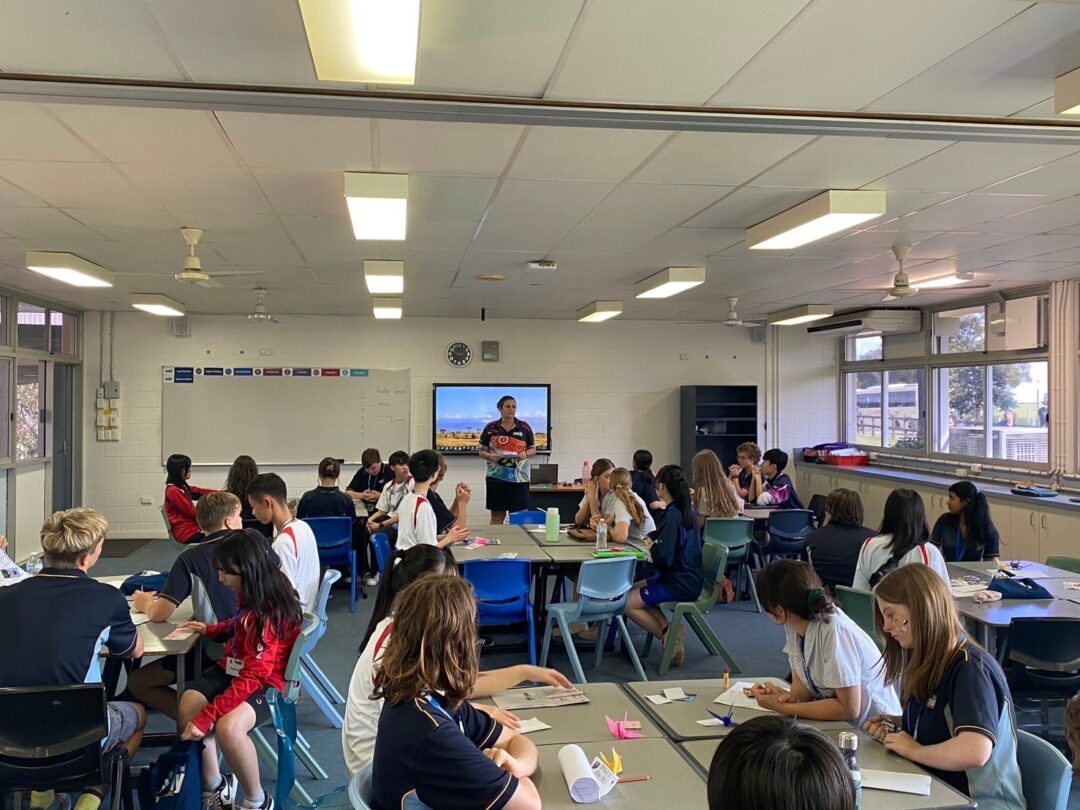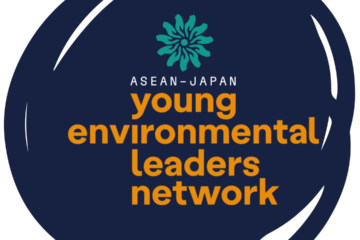Reported by Nagahama Koji, Tanabe Rin, Mori Keita, Yamahata Yuto, Yoshikawa Hijiri
Key takeaways
- Raised the awareness of casein plastics among high school students in Australia.
- Significantly improved our confidence and communication ability when we interact with foreign people overseas.
Main highlights
The activity was held in Maleny State High School in Australia on December 1 as part of our school’s international exchange program. Sixteen (16) Japanese high school students and 3 Japanese teachers flew to Queensland, Australia to participate in a science exchange program together with Maleny State High School students and teachers.
Activities implemented
At first, we introduced ourselves and did icebreakers. Then, we listened to a presentation of the STEAM project which was held at Maleny State High School. After lunch, we made several presentations about our research of casein plastics. First, we presented how you make casein plastics and demonstrated the process of solidifying them. Afterwards, we showed the audience a video showing the experiments that we did as part of the AJYELN program. Through these, we received some questions and impression from the audience. There are three types of questions we got:
- About our experiment(A)
- About features of casein plastics(B)
- About what activity we will do from now on(C)
These were our concrete answers:
(A) Question: How do you measure the strength of casein plastics? Also, is it difficult to make casein plastics?
Answer: We strung casein plastics and let them suspend in weights of 10 grams and 3700 grams each, and measure the time that casein plastics can withstand the load. It is not difficult to make casein plastics.
(B) Question: Are casein plastics biodegradable?
Answer: Yes, they are.
(C) Question: Are you going to make casein plastics from now on?
Answer: We are going to move from strength experiments of casein plastics.

Feedback
Thankfully, many Maleny State High School students praised our presentation. Many students said that our display research data was great. The interaction fostered learning and sharing of insights between Japanese and Australian high school students.
For us, as Japanese high school students, this greatly increased our confidence to communicate our project in English, and gave us invaluable experience as we continue to grow in our journey as young environmental advocates.



